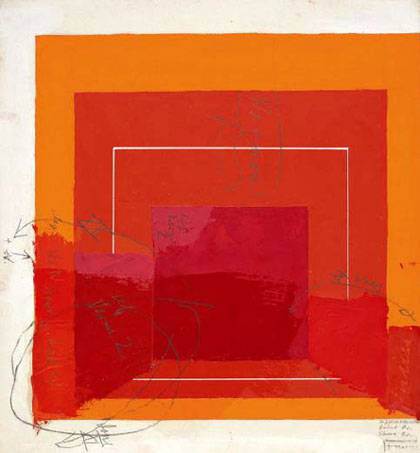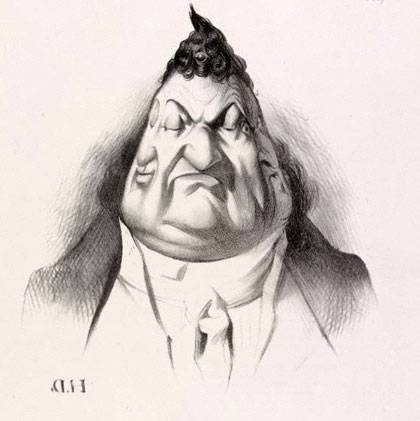
Franz Xaver Messerschmidt
Vexed Man, after 1770.
(German, 1736–1783). Alabaster.
The J. Paul Getty Museum, Los Angeles.
Franz Xaver Messerschmidt’s Heads in the Getty ‘Messerschmidt and Modernity’: The Getty celebrates the modern and contemporary legacy of Franz Xaver Messerschmidt’s distinctive Character Heads. July 24–October 14, 2012.]]>
Source: Getty Museum
The intriguing series of heads that are collectively known as Character Heads,created by the German Baroque artist Franz Xaver Messerschmidt (1736–1783) during thelast 13 years of his life, have become increasingly popular with the general public through aseries of recent exhibitions and books devoted to these expressive works. Furthermore, thesculptures, depicting various states of emotion and expression, have also captured theimaginations of generations of artists—especially during the 20th and 21st centuries.
“Messerschmidt and Modernity” is the first exhibition to explore the contemporary legacy of thesesurprisingly modern-looking sculptures, which were carved in alabaster, or cast in a lead or tinalloy. Along with Messerschmidt’s works, the exhibition features a selection of modernand contemporary works of art that testify to the lasting impact of these astonishing heads.Eight Character Heads will be exhibited—among them the Getty’s own Vexed Man— alongwith a newly discovered reduced variation of a now-lost Character Head known as A CheekyNitpicky Mocker, which has never before been exhibited publically. Contemporary artistsfeatured in the exhibition include Tony Bevan, Tony Cragg, Ken Gonzales-Day, Bruce Nauman,Pierre Picot, Arnulf Rainer, Cindy Sherman, and Emily Young.
“Messerschmidt’s Character Heads have appealed to audiences since they were firstproduced. They were especially popular in turn-of-the-century Vienna and subsequentlyinspired modern artists of the 20th century,” explains Antonia Boström, senior curator ofsculpture and decorative arts at the J. Paul Getty Museum. “Now, this unparalleled series ofsculptures is enjoying a renewed popularity—not only fascinating to museum audiences andscholars, but compelling for contemporary artists.”
Related content
Franz Xaver Messerschmidt exhibition at the Louvre (exhibition, 2011)
Follow us on:


